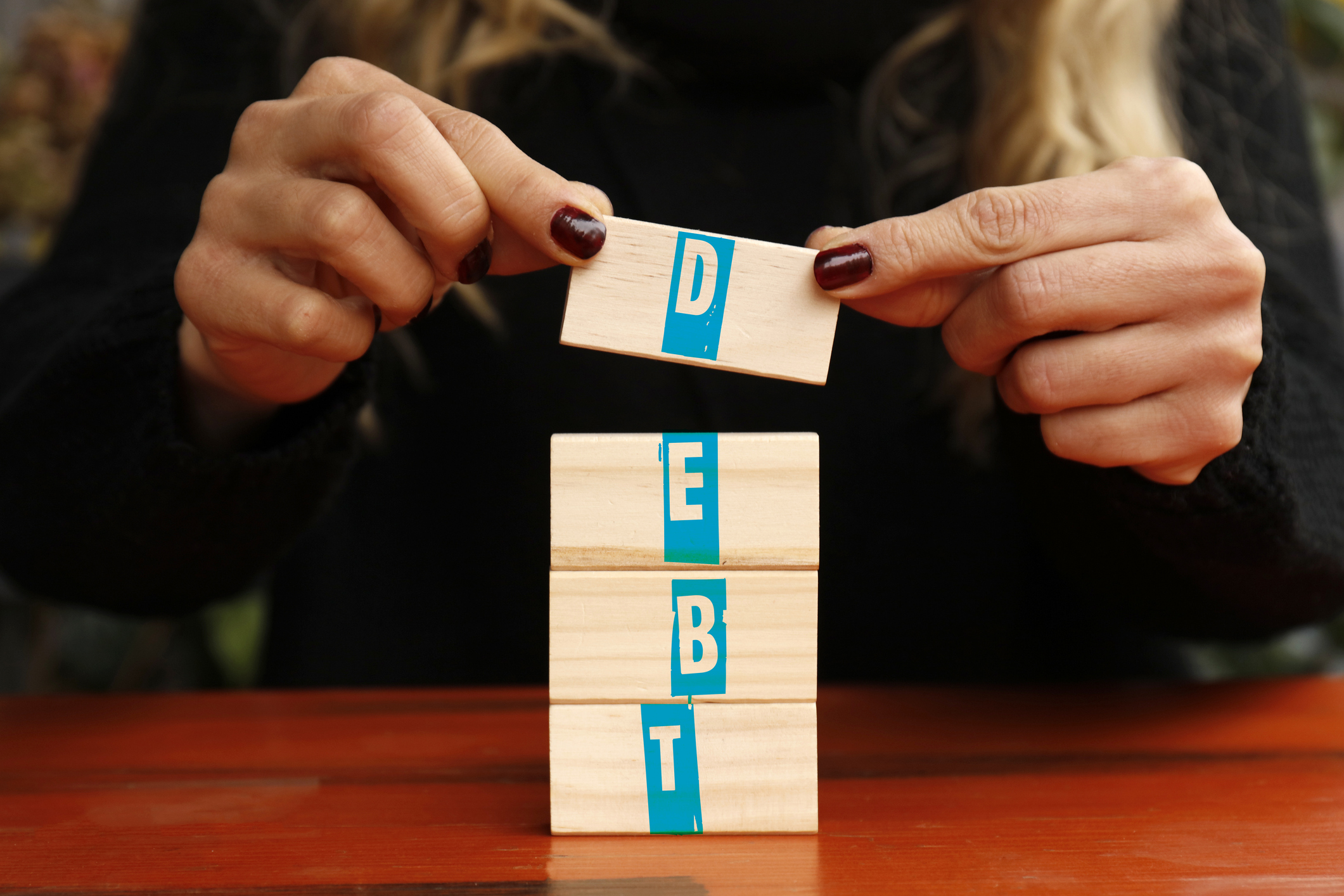The word “debt” typically elicits less-than-positive emotions. Whether it’s that massive student loan or a seemingly unending mortgage payment, debt can feel like quite the burden. But did you know that some debt has benefits?
Examples of good debt
Many people don’t realize that carrying certain forms of debt can be beneficial to their credit. Student loans, mortgages and auto loans are among these “good” debts. Managed properly, they can help raise your credit score and build a healthy credit history.
Think about the commonalities between the three aforementioned debts. No one expects you to pay up front for a car, a home or an education. These are major expenses that most people need to finance over a period of time. When we consider those debts in this way, it seems logical that they don’t reflect poorly onto your credit. As long as you make regular, on-time payments, you’ll be doing your credit a big favor!
Examples of not-so-good debt
On the other hand, there are certainly bad debts to watch out for, too. A “bad” debt is anything you’ve taken on unnecessarily, like a loan for something you don’t need or can’t afford. Credit card debt can be especially detrimental since many cards are accompanied by a hefty interest rate. Before turning to credit for your needs, evaluate your current situation to see if there’s a better solution. Separating “needs” from “wants” can be helpful in determining which debts to incur.
How much debt is too much debt?
If your total debt is less than 30% of your pre-tax income, you’re in a great position. If it’s over 30%, you’ll want to start making some changes. Your personal debts have a big influence on your credit history and score, so you want to be sure you’re managing them effectively.
Educating yourself on the different types of debt makes you a smart borrower. The more you know, the more you can advocate for your own credit and make better buying decisions. Using credit wisely can make all the difference in your financial future (and save you thousands), so start making small changes to the way you think about your debt to get started on the path to a healthier credit score.
Set Your Financial Goals In Motion
The price you see when you check out is the price you pay, so there are never any surprises. Plus, we offer free financial wellness resources to help you meet your goals, no matter what they are.




